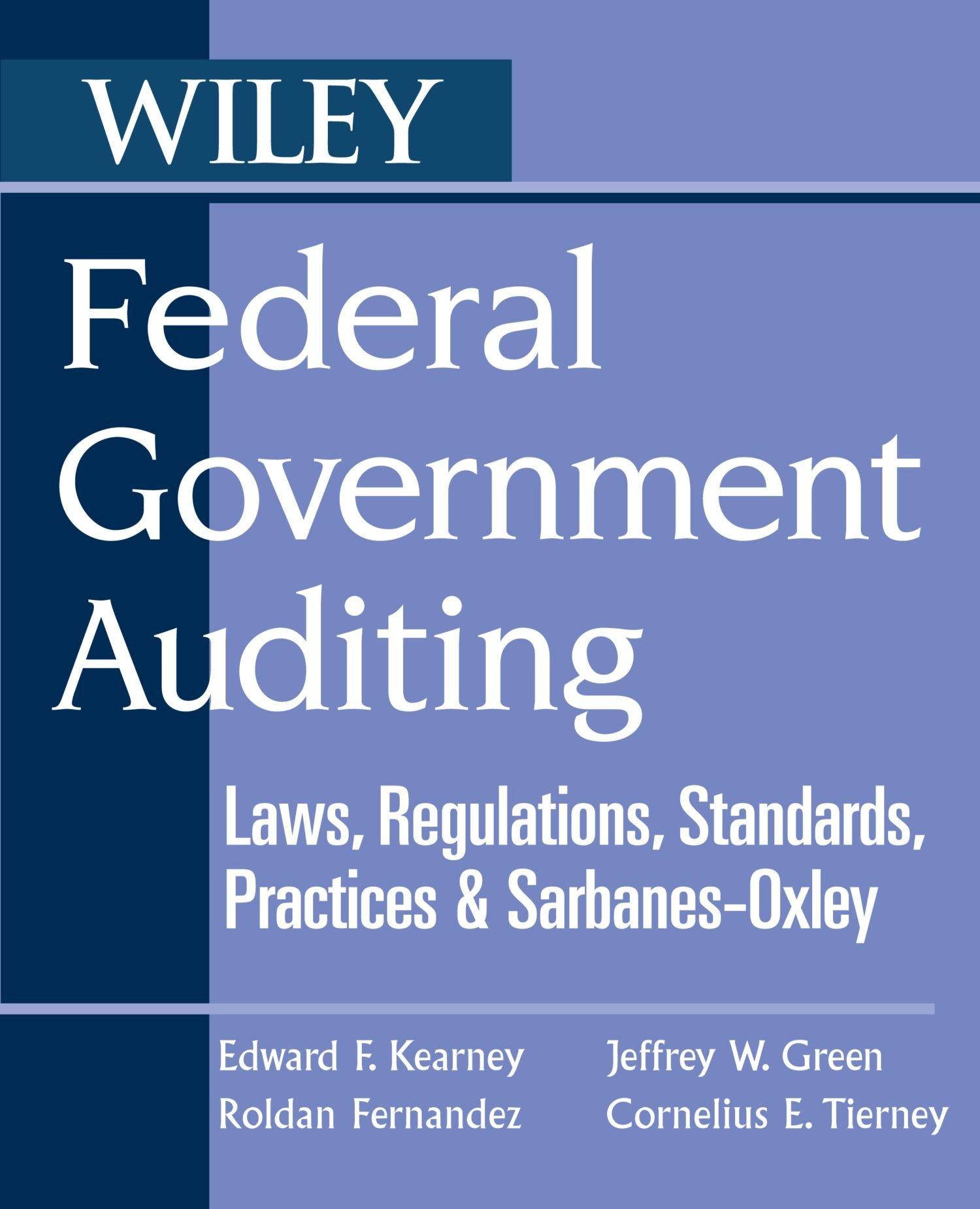Answered step by step
Verified Expert Solution
Question
1 Approved Answer
1. Consider below model that explains the average sentence (in months) of 26 male inmates in dow Lincoln, Nebraska area. Explanatory variables are as follows;

1. Consider below model that explains the average sentence (in months) of 26 male inmates in dow Lincoln, Nebraska area. Explanatory variables are as follows; BLACK: Dummy, 1 if the inmate is black HISPAN: Dummy, 1 if the inmate is Hispanic EMP: Number of quarters inmate is employed during last 12 months before sentenced INC: Monthly average income of the inmate over the last 12 months before getting sentenced, measu 100$. KID: number of kids the inmate has. MAR: Dummy: 1 if the inmate is married. SCH: number of schooling. Dependent Variable: AVGSEN Included observations: 26 Variable Coefficient Std. Error t-Statistic Prob. BLACK HISPAN EMP INC KID MAR SCH 24.87780 -12.99322 -13.22091 -3.510369 0.065205 - 11.19900 12.92481 1.790261 6.870552 4.658080 3.856653 1.482088 0.043614 1.851533 3.466982 0.880576 3.620932 -2.789393 -3.428078 -2.368529 1.495044 -6.048503 3.727971 2.033056 0.0020 0.0121 0.0030 0.0293 0.1522 0.0000 0.0015 0.0571 R-squared Adjusted R-squared S.E. of regression Sum squared resid F-statistic Prob(F-statistic) 0.828607 5.994709 646.8577 18.26628 0.000001 Mean dependent var S.D. dependent var Akaike info criterion Schwarz criterion Durbin-Watson stat 21.92308 14.48012 6.667292 7.054398 1.597652 a. b. C. d. e. Interpret the coefficients on dummies only. (5 Points) What is the benchmark category? (5 Points) At which alpha level does EMP become insignificant? Why? (10 Points) Which coefficients' signs satisfy your expectations? (you may put some more emphasis on MAR and make jokes) (5 Points) Your econometrics professor advises you to use logs of all variables (except dummies for sure) rather than how would you respond him. Would you re-estimate the model that way without considering possible proble you object him, what is your reasoning? (10 Points) Calculate the R2. (10 Points) The researcher suspects heteroscedasticity and conducts Breusch-Pagan test and finds an F value of 1.65. Sta correct null and alternative hypothesis and determine whether there is heteroscedasticity or not. (5 Points) f. 8. 1. Consider below model that explains the average sentence (in months) of 26 male inmates in dow Lincoln, Nebraska area. Explanatory variables are as follows; BLACK: Dummy, 1 if the inmate is black HISPAN: Dummy, 1 if the inmate is Hispanic EMP: Number of quarters inmate is employed during last 12 months before sentenced INC: Monthly average income of the inmate over the last 12 months before getting sentenced, measu 100$. KID: number of kids the inmate has. MAR: Dummy: 1 if the inmate is married. SCH: number of schooling. Dependent Variable: AVGSEN Included observations: 26 Variable Coefficient Std. Error t-Statistic Prob. BLACK HISPAN EMP INC KID MAR SCH 24.87780 -12.99322 -13.22091 -3.510369 0.065205 - 11.19900 12.92481 1.790261 6.870552 4.658080 3.856653 1.482088 0.043614 1.851533 3.466982 0.880576 3.620932 -2.789393 -3.428078 -2.368529 1.495044 -6.048503 3.727971 2.033056 0.0020 0.0121 0.0030 0.0293 0.1522 0.0000 0.0015 0.0571 R-squared Adjusted R-squared S.E. of regression Sum squared resid F-statistic Prob(F-statistic) 0.828607 5.994709 646.8577 18.26628 0.000001 Mean dependent var S.D. dependent var Akaike info criterion Schwarz criterion Durbin-Watson stat 21.92308 14.48012 6.667292 7.054398 1.597652 a. b. C. d. e. Interpret the coefficients on dummies only. (5 Points) What is the benchmark category? (5 Points) At which alpha level does EMP become insignificant? Why? (10 Points) Which coefficients' signs satisfy your expectations? (you may put some more emphasis on MAR and make jokes) (5 Points) Your econometrics professor advises you to use logs of all variables (except dummies for sure) rather than how would you respond him. Would you re-estimate the model that way without considering possible proble you object him, what is your reasoning? (10 Points) Calculate the R2. (10 Points) The researcher suspects heteroscedasticity and conducts Breusch-Pagan test and finds an F value of 1.65. Sta correct null and alternative hypothesis and determine whether there is heteroscedasticity or not. (5 Points) f. 8
Step by Step Solution
There are 3 Steps involved in it
Step: 1

Get Instant Access to Expert-Tailored Solutions
See step-by-step solutions with expert insights and AI powered tools for academic success
Step: 2

Step: 3

Ace Your Homework with AI
Get the answers you need in no time with our AI-driven, step-by-step assistance
Get Started


